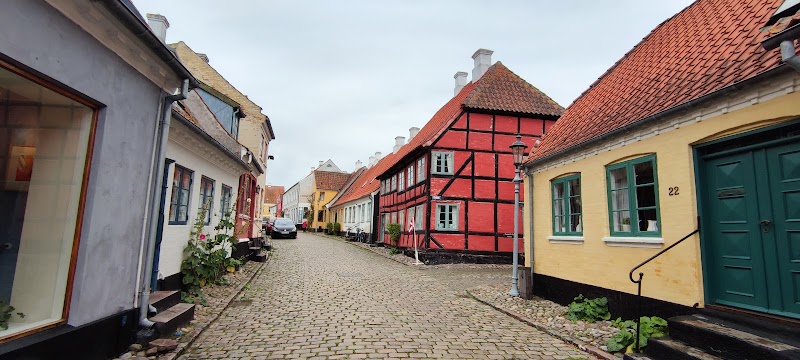
Tryggelev Nor Nature Reserve Adventures
Tryggelev Nor Nature Reserve is a vital wetland area offering abundant opportunities for birdwatching and nature observation along Denmark’s southern coast.
About Tryggelev Nor Nature Reserve

Tryggelev Nor Nature Reserve is located on the island of Langeland in southern Denmark and is designated as a protected wetland area primarily important for its rich birdlife. The reserve encompasses a shallow bay and surrounding marshlands that provide habitat for a diverse range of waterfowl and migratory birds, making it a key site for ornithologists and nature enthusiasts. Tryggelev Nor is part of the Natura 2000 network, reflecting its ecological significance for preserving native species and supporting vital breeding and feeding grounds. The landscape features reed beds, shallow waters, and grassy meadows, sustaining a variety of aquatic plants, amphibians, and insects in addition to birds. Visitors can access well-maintained observation towers and nature paths which offer excellent views without disturbing the wildlife. Recreational activities predominantly focus on birdwatching, photography, and peaceful walks. Educational signage along trails highlights the reserve's ecological value and conservation efforts. Tryggelev Nor offers a tranquil outdoor experience away from urban centers, especially appealing during migration seasons in spring and autumn when thousands of birds pass through or temporarily settle. While there are no camping facilities inside the reserve, nearby towns on Langeland provide accommodation and visitor services. Tryggelev Nor plays a crucial role in protecting coastal wetlands in Denmark and contributes to broader conservation goals for migratory species crossing Europe.
Highlights
Extensive reed beds that create habitat for multiple bird species
Observation towers providing close-up views of migratory waterfowl
Seasonal presence of rare species like the Eurasian bittern and marsh harrier
Peaceful coastal wetland landscape ideal for photography
Notable Natural Features
Tryggelev Nor Bay
A shallow bay providing rich feeding grounds for ducks, geese, and waders.
Observation Towers
Designated platforms that allow visitors to observe birds without disturbing them.
Reed Beds
Extensive reed areas supporting breeding habitat for secretive bird species such as the Eurasian bittern.
